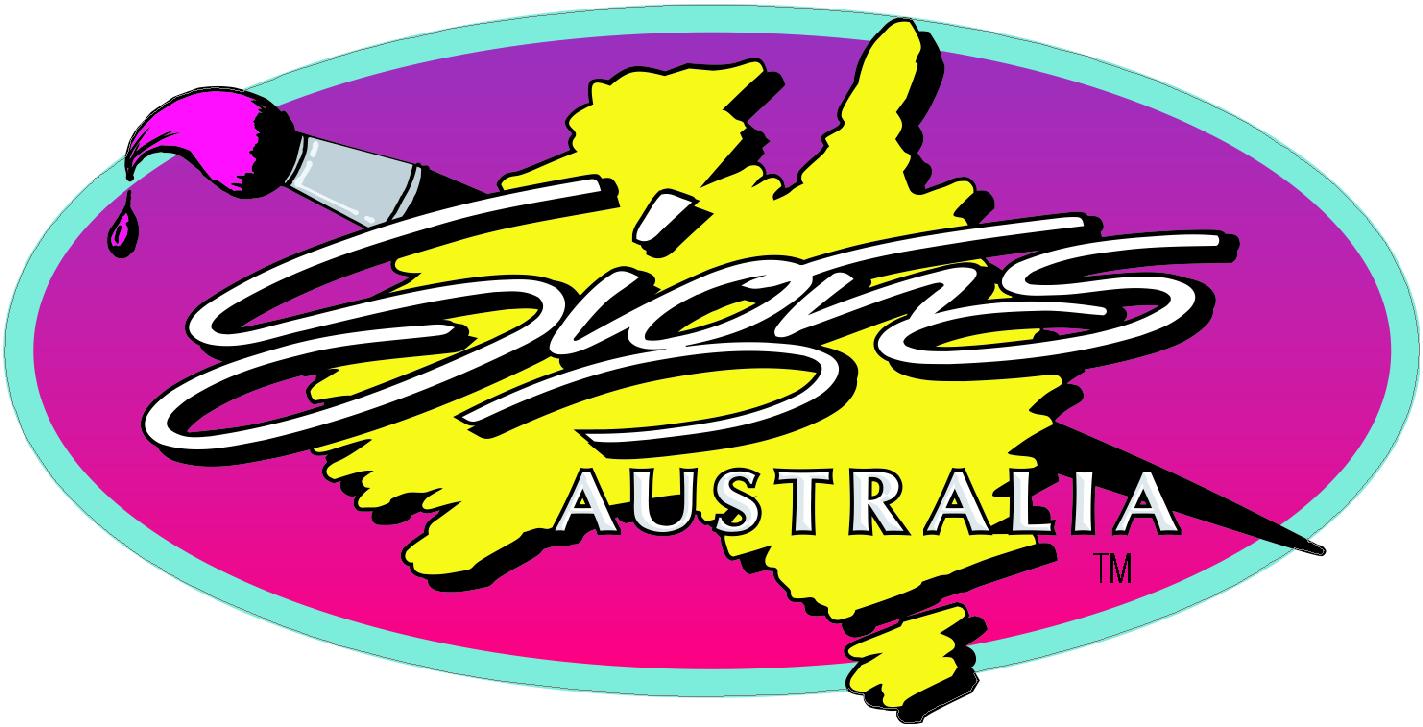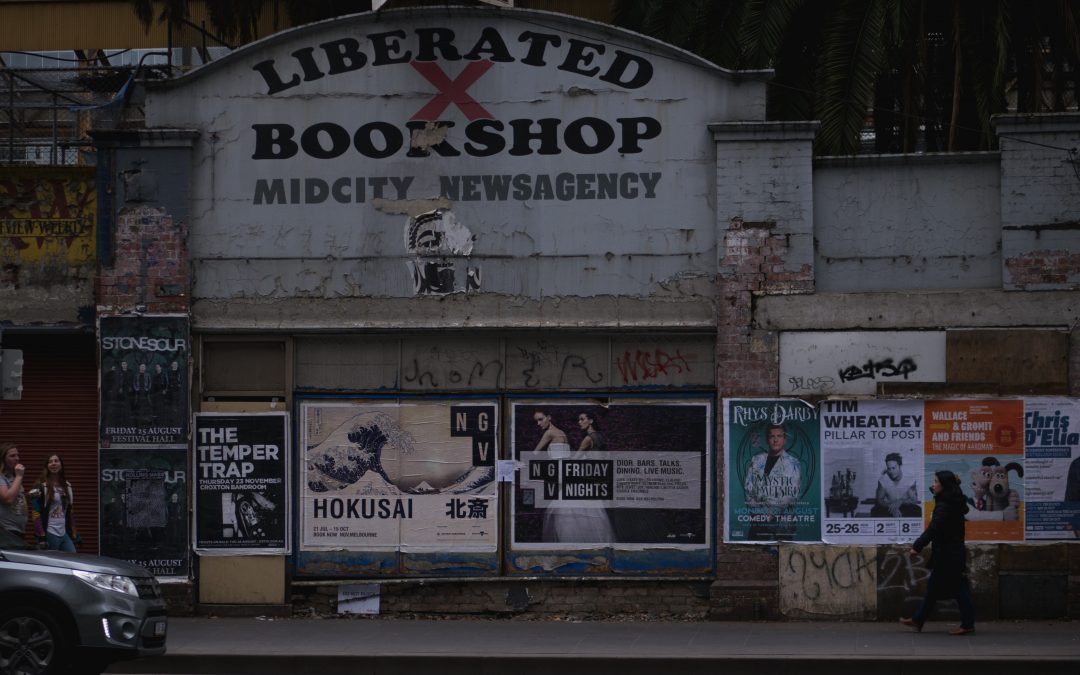For your business, you always seem to have various purposes for posters – it can be for decorative purposes or for advertisements. Whatever your decision may be, it’s a useful tool to get your point across, and possibly win some new customers. Depending on your design, your posters can either make it or break it – so it’s important to coordinate well with a professional designer and create a clear goal in mind.
It’s more ideal if you hire a professional printing company with experience in producing quality results over the years. Contact Signs Australia for quality products and packages that suit your budget!
The standard size for posters
The size of 61 x 91 cm is the most common size – usually made for advertisements, promotions, announcements, and decorative posters. It’s perfect since it captures the interest right away – since most posters are meant for outdoors – it can be seen by passersby and will give your business a bit of a spotlight in the streets.
Although there are unique sizes that are not as common as you see in public – these are the movie posters (68 x 102 cm) you see in malls and the merchandise posters they sell in stores or free from magazines (56 x 86 cm). You can still customise the kind of poster size you think you need for your business. But below are the common sizes for posters.
Four different poster sizes:
- Large (61 x 91 cm). It’s the known standard poster size, and commonly known as size Large, Super A1, or Architectural D. It’s one of the most convenient sizes, therefore the go-to of establishments and businesses. It can be for business-related purposes like menus, promotions, notices, or announcements. It’s also known to be used for decorative purposes – nice quote posters, or funny lines that relate to the business. If you decide to use this size, make sure you highlight the important text or sentence by making the font bold or bigger than the others.
- Medium (46 x 61 cm). This is also known as Architectural C, and it’s large enough to have different usage. It’s commonly used for storefront windows to announce sale promotions, festivals, new products, and even band concerts. It’s versatile, but it’s only visible to people who actually want to be there to get something in your store. If you choose this size, the size of the text should at least be ½ “ so it can be readable.
- Small (28 x 43 cm). Commonly known as Ledger, ANSI B, or Tabloid, this size is commonly used for flyers you see posted on lamp posts or walls. It’s convenient if you want to place it on the public board where space is a bit cramped – it’s still visible to the public when they’re near enough. If you want to choose this size, keep the text short and concise so they can focus on the message itself. This will make it memorable to possible customers.
- Letter (22 x 28 cm). This is the smallest option in the common poster sizes, and it’s commonly used for office board announcements or schools. It doesn’t stand out from afar, but it delivers the message if you have the intention of looking for announcements. It’s smaller than Small size, but it’s ideal to get your point across in a limited number of people.

